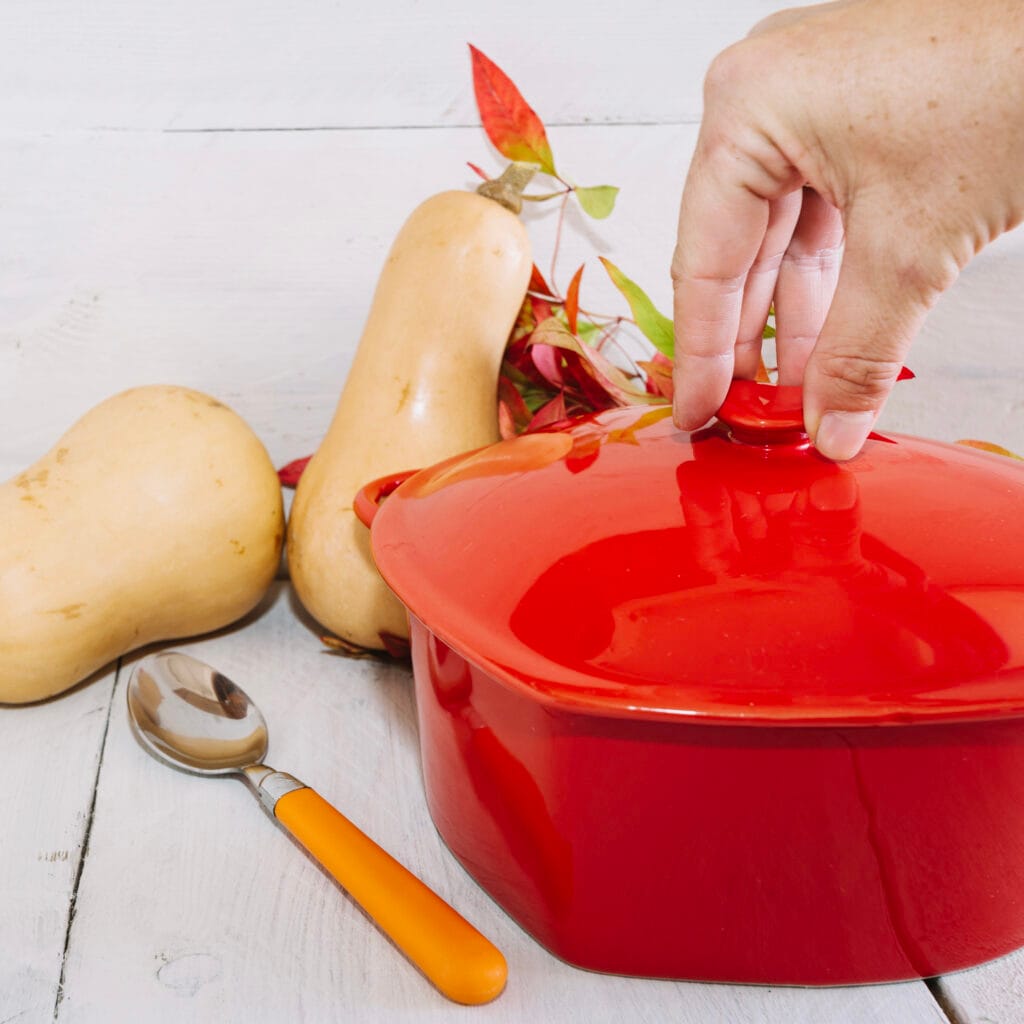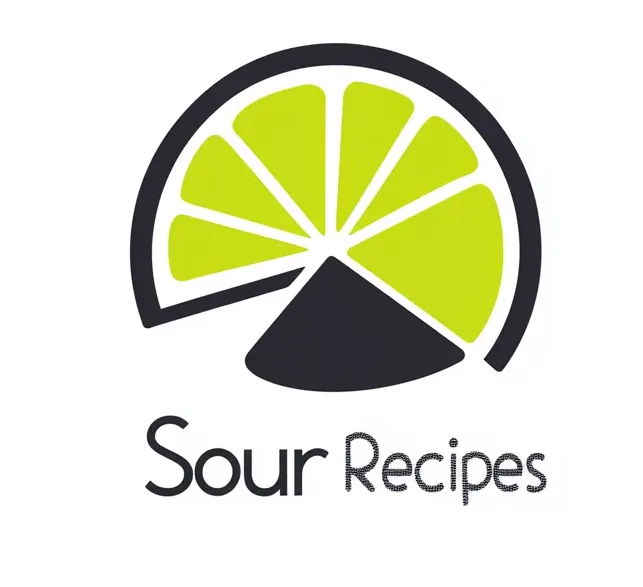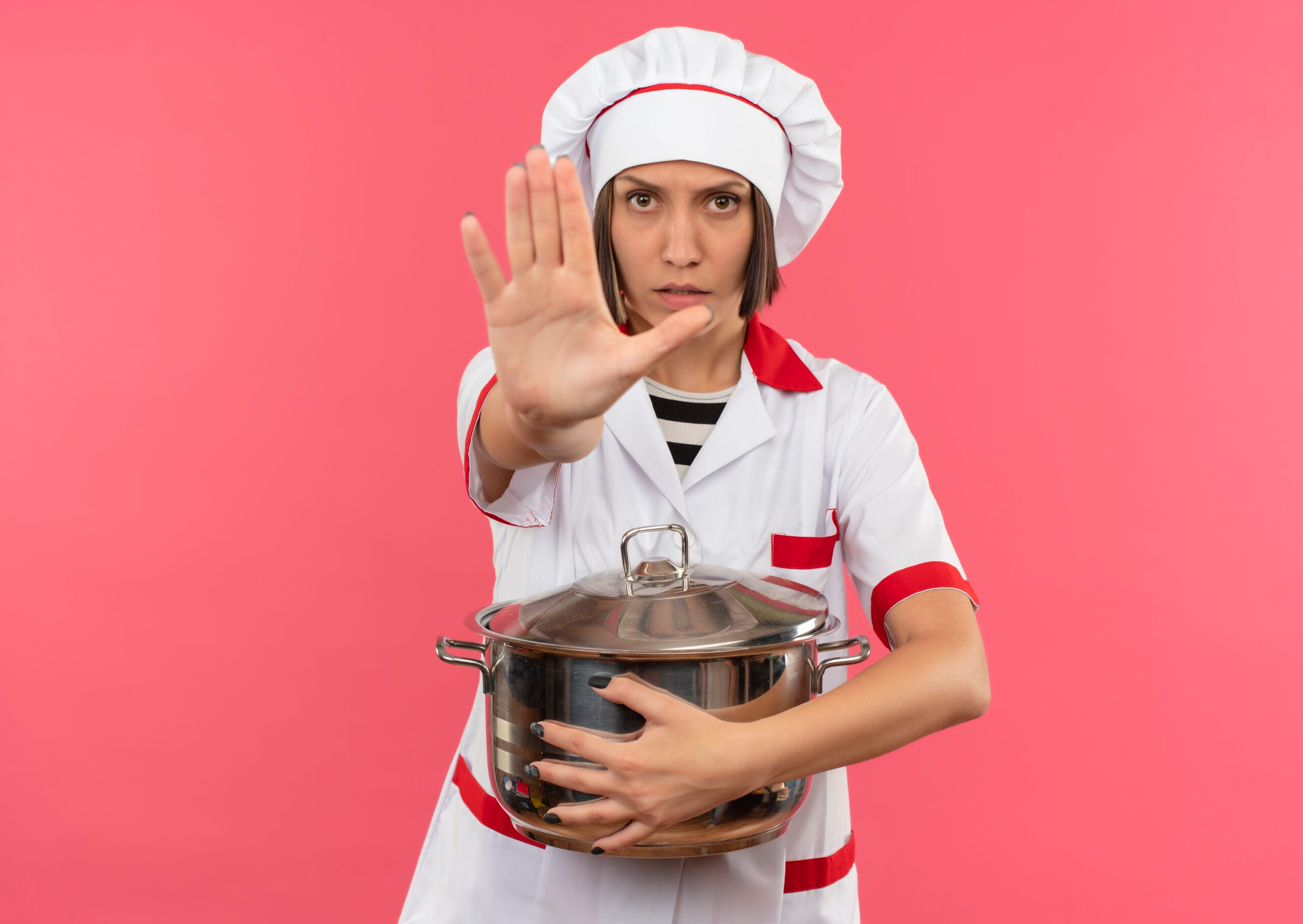What Cannot Be Cooked in a Slow Cooker
The slow cooker is a remarkable kitchen appliance that simplifies meal preparation while delivering rich, flavorful dishes. However, not all foods are suited for this method of cooking. Knowing what cannot be cooked in a slow cooker can help you avoid disappointing results and make the most of your culinary efforts.
Certain foods perform poorly in a slow cooker due to their texture or cooking requirements. For instance, seafood tends to overcook and become rubbery, while lean meats like chicken breast or pork loin can dry out instead of becoming tender. Dairy products such as milk, cream, or yogurt are also prone to curdling when exposed to prolonged heat. Additionally, frozen foods should not be added directly to the slow cooker, as they take too long to reach a safe temperature, increasing the risk of bacterial growth.
Even popular slow-cooker recipes can go wrong without the proper techniques. For example, ribs may turn out tough if not prepared correctly. To ensure success, you can explore detailed tips in the guide on how to make tender ribs in a slow cooker, which outlines how to achieve that perfect fall-off-the-bone texture. If you’re debating between cooking methods, such as using an oven or a slow cooker for ribs, the comparison of oven vs. slow cooker ribs can help you decide based on your preferences.
By understanding what foods to avoid in a slow cooker, such as delicate vegetables, pasta, and crispy foods, you can steer clear of common mistakes. The slow cooker is ideal for soups, stews, and braised dishes, but it’s not a one-size-fits-all solution. Adjust your ingredients and cooking times to create delicious meals every time.
For more insights on what cannot be cooked in a slow cooker and tips for perfecting your recipes, stay tuned to our blog!

Foods That Should Not Be Cooked in a Slow Cooker
If you’ve ever wondered what cannot be cooked in a slow cooker, here’s a detailed breakdown of foods to avoid:
1. Why Raw Meat Is a Problem in a Slow Cooker
Cooking raw meat directly in a slow cooker often results in greasy and bland dishes. The lack of browning means you miss out on flavor development.
- Pro tip: Sear your meat before placing it in the slow cooker.
2. Why Seafood Cannot Be Cooked in a Slow Cooker
Seafood is delicate and overcooks easily in a slow cooker. Prolonged heat turns fish and shellfish rubbery and flavorless.
- Alternative methods: Steam or sauté seafood for better texture and taste.
3. Problems with pasta Cooked in a Slow Cooker
Pasta breaks down into a mushy mess in a slow cooker due to prolonged exposure to heat and moisture.
- What to do instead: Cook pasta separately and mix it into your dish just before serving.
4. Rice: Why It’s One of the Foods That Cannot Be Cooked in a Slow Cooker
Like pasta, rice doesn’t hold up well in a slow cooker. It becomes starchy and congealed unless you’re making dishes like congee.
- Best approach: Use a rice cooker or prepare rice on the stovetop.
5. Why Delicate Vegetables Are Unsuitable for a Slow Cooker
Vegetables like spinach and peas lose nutrients and turn mushy when cooked for long periods in a slow cooker.
- Pro tip: Add these vegetables during the last 30 minutes of cooking.
6. Can You Cook Chicken Breasts in a Slow Cooker?
Chicken breasts are too lean for slow cooking and tend to dry out. Thicker cuts like thighs retain moisture better.
- What to do: Opt for saucy recipes or use chicken thighs for better results.
7. Why Dairy Products Cannot Be Cooked in a Slow Cooker
Cooking dairy for extended periods causes curdling and separation, which ruins the texture of the dish.
- Solution: Stir in dairy ingredients at the end of the cooking process.
8. Why Wine and Liquor Are Problematic in a Slow Cooker
Alcohol doesn’t evaporate in a sealed slow cooker, resulting in overpowering flavors.
- What to do instead: Simmer alcohol on the stovetop before adding it to your recipe.

9. Fresh Herbs: What to Avoid Cooking in a Slow Cooker
The delicate flavors of fresh herbs like basil and cilantro are destroyed by prolonged cooking.
- Best practice: Use dried herbs during cooking and garnish with fresh herbs just before serving.
10. Why Bacon Shouldn’t Be Cooked in a Slow Cooker
Bacon doesn’t achieve the crisp texture we love when slow-cooked. Instead, it turns soft and greasy.
- Alternative methods: Fry or bake bacon separately for a crispy texture.
FAQs About What Cannot Be Cooked in a Slow Cooker?
1. Can frozen food be cooked in a slow cooker?
- No, it’s unsafe to cook frozen food directly in a slow cooker.
- The slow cooking process takes too long to reach a safe temperature, creating the perfect environment for bacterial growth.
- To avoid food safety risks, always thaw frozen ingredients before adding them to your slow cooker.
2. Why does dairy curdle in a slow cooker?
- Dairy products like milk, cream, and yogurt tend to curdle when exposed to prolonged or high heat.
- This happens because the consistent heat breaks down the proteins in dairy, altering its texture.
- To prevent curdling, always add dairy ingredients in the final stages of cooking. Stir them in gently and allow them to warm without overheating.Cooked in a Slow Cooker
3. What are better ways to cook rice or pasta for slow cooker recipes?
- Cooking rice or pasta directly in a slow cooker often results in a mushy texture, as these ingredients quickly absorb water and overcook.
- The best approach is to prepare rice or pasta separately on the stovetop or in a dedicated rice cooker.
- Once fully cooked, combine them with the slow-cooked dish shortly before serving to maintain the right texture.Cooked in a Slow Cooker
By understanding these common challenges and how to handle them, you can avoid mistakes and make the most out of your slow cooker. For more tips, be sure to explore additional resources and guides tailored to slow-cooking techniques!
Explore More Slow Cooker Techniques
The slow cooker is an incredibly versatile tool for cooking and beyond. With its ability to cook low and slow, it’s perfect for a variety of creative uses and culinary experiments. Below are key techniques and tips to help you maximize the potential of your slow cooker:Cooked in a Slow Cooker
1. Mastering Slow Cooker Recipes
- For expert advice, explore the slow cooker chili vs. stovetop chili guide, which highlights how the slow cooker enhances flavors by allowing ingredients to meld over hours.
- Slow-cooker chili is ideal for busy days, as it’s a true “set-it-and-forget-it” dish that delivers rich, hearty results effortlessly.
2. Creative Cooking Ideas
- Sweet treats: Use your slow cooker to melt caramel or chocolate for fondue, creating perfect desserts without scorching.
- Breakfast options: Prepare dishes like slow-cooked oatmeal or egg bakes to start your mornings with minimal effort.
- Batch cooking: Make large portions of your favorite meals, freeze individual servings, and enjoy quick, stress-free dinners throughout the week.
3. Non-Food Applications
- DIY Projects: Your slow cooker can melt soap or wax, making it an excellent tool for crafting homemade candles or soaps.
- Its gentle and steady heat provides a safe way to work with materials that require low temperatures, making it perfect for hobbyists and DIY enthusiasts.
4. Advanced Slow Cooking Tips
- Adapting Recipes: Learn how to adjust cooking times and temperatures when converting stovetop or oven recipes for the slow cooker.
- Choosing the Right Ingredients: Use fatty or collagen-rich cuts of meat for tender, flavorful results.
- Layering Ingredients Strategically: Place root vegetables on the bottom and proteins on top to prevent overcooking and ensure even cooking.
5. Unlocking the Full Potential
- By exploring both culinary and non-food uses, you’ll see just how versatile the slow cooker truly is.
- Dive into resources like the slow cooker chili vs. stovetop chili guide or try out creative projects like soap-making to appreciate the full range of possibilities.
With these tips and techniques, you can elevate your slow-cooking game, simplify meal preparation, and even tackle fun DIY projects. Whether you’re perfecting a crowd-pleasing recipe or experimenting with non-traditional uses, your slow cooker is an indispensable tool waiting to be explored.
Conclusion
The slow cooker is a fantastic tool for creating flavorful and convenient meals, but it’s important to know its limitations. Understanding what cannot be cooked in a slow cooker—such as seafood, frozen foods, and dairy—can save you from common pitfalls and ensure consistently delicious results.
While the slow cooker excels at preparing soups, stews, and braised meats, it’s not suitable for every ingredient. Delicate vegetables, lean cuts of meat, and quick-cooking items like pasta and rice are better handled with alternative methods. By adjusting your recipes and incorporating these tips, you’ll be able to optimize your slow-cooking experience and avoid unnecessary mistakes.
Remember, the slow cooker is a versatile kitchen appliance, but it’s not a one-size-fits-all solution. With a little knowledge and creativity, you can make the most of this handy tool while avoiding its limitations. Keep experimenting, stay informed, and watch your slow-cooking skills soar! https://sourrecipes.com/quesillo-recipe/
For more expert cooking tips, creative ideas, and in-depth guides, don’t forget to explore the rest of our blog. Happy slow cooking!

